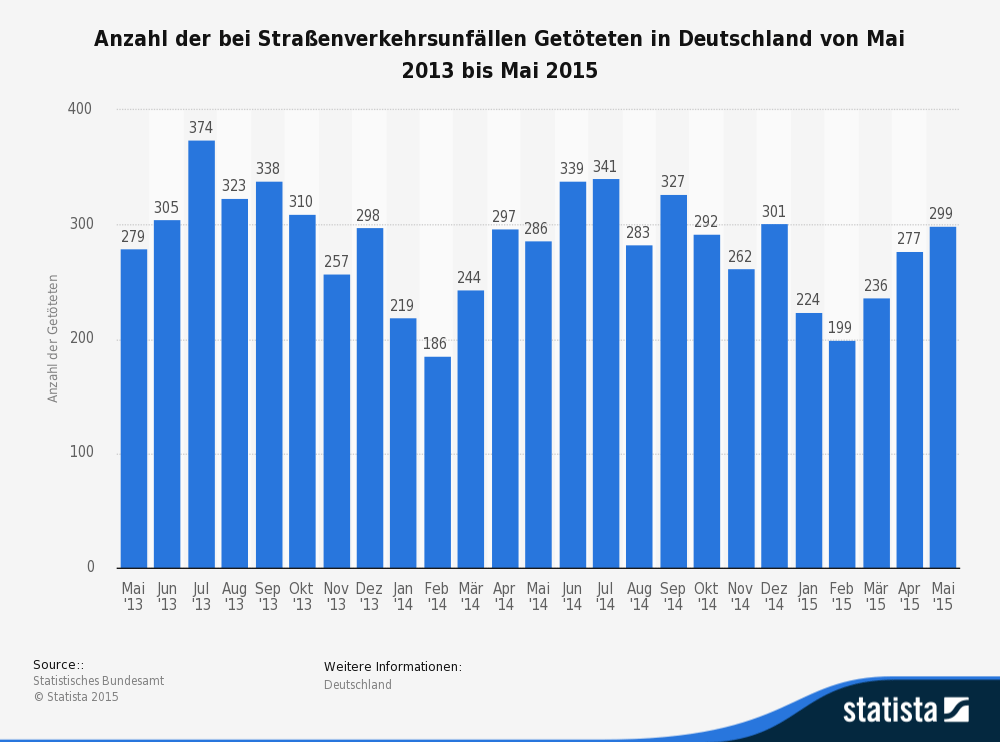Innovation is a key theme in telecom; so key, in fact, it runs the risk of becoming nothing more than a buzzword unless organizations have some substantial proof points behind the buzz. Thought leadership is important. These topics show that an organization is thinking about the future and has a path to embrace new concepts. Consider Deutsche Telekom, and how it is addressing connected driving.

As congestion increases and more and more vehicles enter the roadways, how is it possible to work across the industry to reduce personal injury and death? The statistics are quite staggering. Focusing on Germany, the home of Deutsche Telekom, the German In-Depth Accident Study has provided statistics regarding German roadways. About 3,000 people lose their lives each year on German roads and 94% of those accidents are caused by human error.
The goal of connected driving advocates is to have roadways be accident free by 2070. Although 55 years sounds like a very long time, consider the implications to connected driving in order to achieve the goal. Daimler’s accident prevention unit is already working toward that goal through the ongoing introduction of semiautonomous features including functionality such as active brake assist, lane assist and blind spot monitoring.
The connected bike is also part of the innovation discussion at Deutsche Telekom. About a year ago, its work with Canyon, a bicycle manufacturer based in Koblenz, Germany, was announced. The goal of the announcement was to develop a connected bike to make cycling safer. It works through the insertion of a small communication unit into the frame of the bike. The solution can call for help in an emergency via eCalls, and emergency personal can be notified of the location of the injured cyclist without the person having to initiate the call. Additionally, GPS location tracking can help locate stolen bikes.
Through sensors on the bike, the wear and tear can be tracked in order to identify potential problems before they cause a breakdown or an accident. Linked with a smartphone app, the cyclist can keep track of chain or brake-pad wear, order the right parts through the app and view tutorials on how to conduct the repair on their own if desired. There are many new business opportunities I can see with linkage to bike shops and online outlets that sell not only bicycle gear, but clothing and accessories.
Continuous small steps by large players in the telecommunications industry are the key to achieving connected driving goals – whether in a vehicle or on a bicycle. These innovation discussions highlight the future to come.
Like what you read? Follow me on twitter!
Claudia Bacco, Managing Director – EMEA for RCR Wireless News, has spent her entire career in telecom, IT and security. Having experience as an operator, software and hardware vendor and as a well-known industry analyst, she has many opinions on the market. She’ll be sharing those opinions along with ongoing trend analysis for RCR Wireless News.

